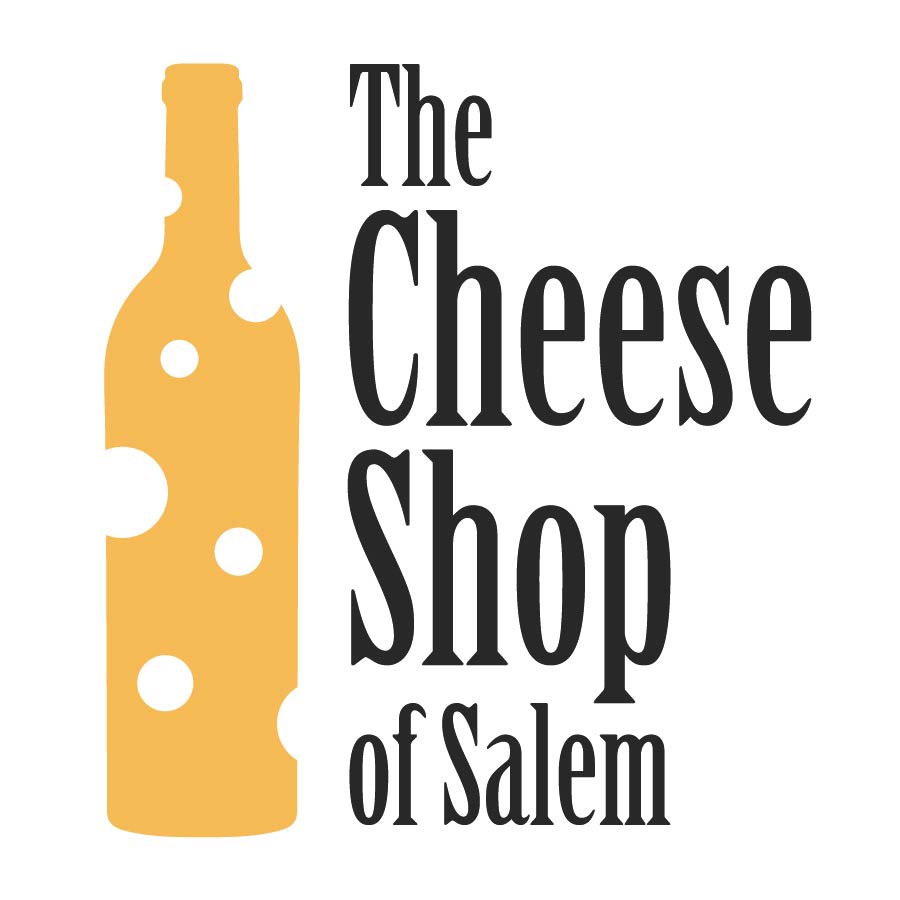Grape Me: Cabernet Sauvignon
Free tasting | Friday, February 21, 2020 | 5-7PM
If asked to describe Cabernet Sauvignon in 3 words it’d be: power, fruit, and structure. An essential in blends and as a single varietal, Cabernet Sauvignon shot up in popularity worldwide in the 20th century and would now win Most Traveled and Most Popular in any red grape varietal contest. So in 1997 when grape geneticists Carole Meredith and John Bowers announced that Cabernet Sauvignon’s parentage was Cabernet Franc and Sauvignon Blanc the world was taken aback. The idea that a grape whose identity was so firmly enriched in people’s daily lives could be so new (just a couple hundred years old!) let alone the product of a white grape was mystifying. But like every whodunit, the clues were always there.
Clue One: Cabernet Sauvignon didn’t appear until the 18th century in Southwest France but once it did it was constantly misidentified and grown as Cabernet Franc.
Clue Two: Both Cabernet Franc and Sauvignon were given the name ‘Cabernet’ based on the blackish hue of the berries. Cabernet probably comes from the word ‘Carbon’ aka black.
Clue Three: Cab was actually unknowingly named after both its parents! Sauvignon comes from Sauvignon Blanc because a winemaker noticed that the leaves and wood on the vine of Cabernet Sauvignon were identical to Sauvignon Blanc.
While still the new kid on the block in comparison to other grapes (like Muscat which is thousands of years old), Cabernet Sauvignon rapidly became a household name because of its adaptability. With its deep color, high tannin, and high acidity, it’s both a memorable headliner and a team player in blends.
Cabernet Sauvignon is essentially grown everywhere with sun. It’s the 4th most planted varietal in France where it specifically shines in Bordeaux blends. These classic blends feature Cabernet Sauvignon, Cabernet Franc, and Merlot and blend well together partially because they are so closely related (Merlot is Cab’s half-sibling through Cabernet Franc) but also because they coax out different characteristics in wine. Cabernet Sauvignon brings the tannin and structure, Merlot the softer body and fruit, and Cabernet Franc contributes some acidity and fruit. Other grapes commonly blended in Bordeaux blends are Malbec and Petit Verdot.
This blending style is mimicked worldwide;one of the featured Cabernet Sauvignon wines is actually a Bordeaux style blend from Australia! Cab was the ‘It Grape’ of the 70’s and 80’s in Australia before it was supplanted by winemakers with Shiraz. They actually specialize in Cabernet Sauvignon in Coonawarra because of the highly prized Terra Rossa soil. This is a clay-limestone topsoil that is copper in color and drains fantastically well. Cab grapes love well-drained soil more than anything besides the sun. At our tasting at the shop this Saturday, make sure to pay special attention to comparing the Bordeaux and Aussie blend-the differences are spectacular! The Aussie blend has more fruit and a slight eucalyptus note to it while the Bordeaux blend is earthier and has notes of tobacco and earth.
Cabernet Sauvignon is extremely popular in Chile-they have more plantings of Cab here than they do in California! Plantings of Cabernet Sauvignon were brought over before phylloxera and they thrived all over Chile. Here, Cabernet showcases its spicy and fruit forwardness. These wines are not shy!
The United States has had a love affair with Cabernet Sauvignon for decades; this grape is planted in every inch of California and is the second most planted varietal only losing 1st place to Chardonnay! The sun and warmth ripens Cab quickly and coaxes out happy notes that vary from exuberant cherry to bittersweet cocoa. Never say that to try one Cab from California is to have them all; these wines vary based on style and region tremendously.
See you Friday for GRAPE ME: CABERNET SAUVIGNON! Yay!!!!
Grape Me: Cabernet Sauvignon Line-up:
2017 Ultraviolet Cabernet Sauvignon
Who: Samantha ‘Sam’ Sheehan
What: Cabernet Sauvignon with a touch of Cabernet Franc
Where: A Napa Valley beauty hailing from Calfifornia, United States
How: Aged for 10 months in 50% new oak
Farming Method: Organic
Fun Fact: Make sure to take a closer look at the beautiful design on Ultraviolet’s label-it, and many other wine labels from winemakers across California, were designed by Sam’s husband Michael McDermott!
Tasting Notes: Black currants, spice, and cedar. The California Cab to challenge what you think one should taste like!
2014 Lafken Cabernet Sauvignon
Who: Miguel Besoaín
What: Cabernet Sauvignon
Where: Maipo Valley, Chile
How: These grapes were picked by hand before undergoing malolactic fermentation in French oak barrels where it was aged for 16 months.
Farming Method: Organic
Fun Fact: Miguel graduated from the University of Burgundy in winemaking and then spent the next decade working on vineyards in France and Germany before returning home to Chile.
Tasting Notes: Spice, spice, baby….with notes of mandarin orange, cranberries, eucalyptus, and raspberry jam.
2014 Balnaves Coonawarra ‘The Blend’
Who: Annette and Doug Balnaves
What: A blend of Cabernet Sauvignon, Cabernet Franc, and Merlot
Where: South Australia, Australia (In the Southwest corner)
How: Aged in French oak for 14 months
Farming Method: Organic
Fun Fact: Coonawarra is famous for its Terra Rossa soils (which Cabernet Sauvignon loves!); this is a reddish topsoil that is a combination of limestone and clay.
Tasting Notes: Smooth notes of eucalyptus, blackberries, and anise.
2016 Château Grand Français Grand Cuvée
Who: Dominique Vacher
What: A blend of Cabernet Sauvignon, Merlot, and Cabernet Franc
Where: Bordeaux, France
How: These grapes were picked by hand, destemmed, and underwent aging in French oak barrels for 10-14 months.
Farming Method: Organic
Fun Fact: Vines have been grown since the 15th century in this area just north of Saint Emilion.
Tasting Notes: Vibrant wild cherries and a mushroom earthiness.






